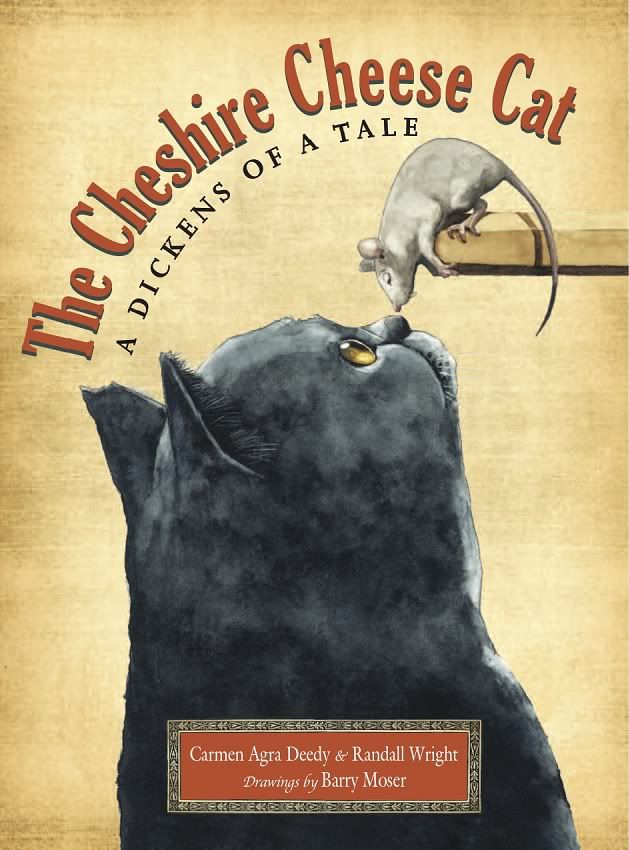Earlier this week I recorded a language sample of one of my
students to check on her progress and set new goals. If you are not a speech
therapist you might not know this is a common way to assess a child’s language
skills; it is a nice supplement to standardized tests. I listen to the child’s
grammar, vocabulary, observe whether they use language in a socially
appropriate way, and often I’m very entertained in the process.
Like this week when a kindergartener told me, “I goed to the
field trip and then I saw a dragon this tall.” She held her hand about two feet
from the ground and added, “A real huge one. It flies. It blows hard. It
breathes fire. And then I saw a turtle. It was this tall.” Once again, she held
her hand about two feet from the ground. I think the turtle and the dragon were
related. I wish I could have gone on the field trip!
Another student told me, “I’m gonna move and when I do,
you’re gonna have to build a robot ME cause you’re gonna miss me,” and he was
right.
Speaking of missing, the same student told me, “I miss Bob
the dog, he’s in heaven now. He died when he was 91, in 1491. I’ll never see
him again. He’s wrapped in my frog blanket. He was yellow.” It was a tender
moment so I didn’t question the year of Bob’s birth. But the student went on to
tell me about his own. “Did you know I was born on my birthday? March 9th
is my birthday and I was born on it.”
These students keep me entertained, enchanted and encouraged
by their growth and willingness to work on speech sounds, vocabulary and our
pesky grammar. And speaking of grammar, I just finished reading Inside Out
& Back Again, by Thanhha Lai. This middle grade novel, written in verse,
tells the story of ten-year old Ha, who, with her family, flees Vietnam as
Saigon falls. The struggles she went through to assimilate into the small
Alabama town were due in part to her struggles in learning a new language.
“First Rule
Brother Quang says
add an s to nouns
to mean more than one
even if there’s
already an s
sitting there.
Glass
Glass-es
All day
I practice
squeezing hisses
through my teeth.
Whoever invented
English
must have loved
snakes.”
Later, when she tries to understand our use of plurals she
says,
Third Rule
Always an exception.
Do not add an s
to certain nouns.
One deer,
two deer.
Why no s for two deer,
But an s for two monkeys?
Brother Quang says
no one knows.
So much for rules!
Whoever invented English
should be bitten
by a snake.”
I don’t want to leave you thinking this book is entirely
about our English language. It is a beautifully written story based on the
Author’s own childhood experiences. It is filled with humor, anguish and
inspiration.
“Our lives
will twist and twist,
intermingling the old and the new
until it doesn’t matter
which is which.”
In her author’s note, Thanhha Lai said,
“At age ten, I, too, witnessed the
end of the Vietnam War and I fled to Alabama with my family. . . . So many
details in this story were inspired by my own memories.
. . . What
was it like to live where bombs exploded every night yet where sweet snacks
popped up at every corner? What was it like to sit on a ship heading toward
hope? What was it like to go from knowing you’re smart to feeling dumb all the
time?”
At the end of her note she asks, “How much do we know about
those around us?
. . . I
hope after you finish this book that you sit close to someone you love and
implore that person to tell and tell and tell their story.”
And that is why I love working in my chosen field; of course
I want to help my students succeed in school, but I also want to help them
succeed in life, and to be able to tell their own stories.





